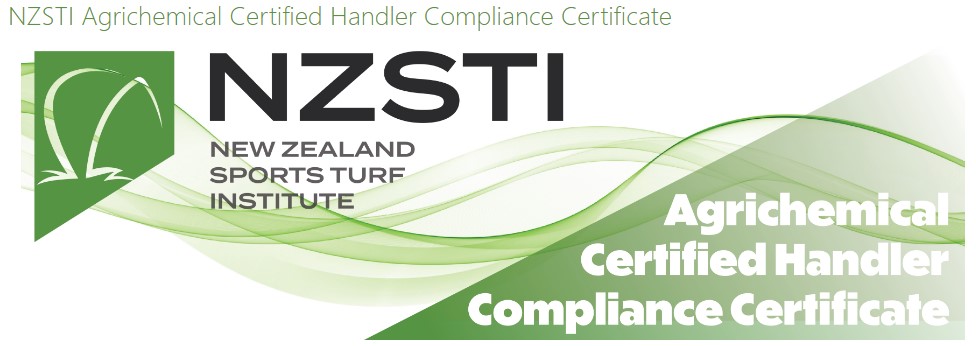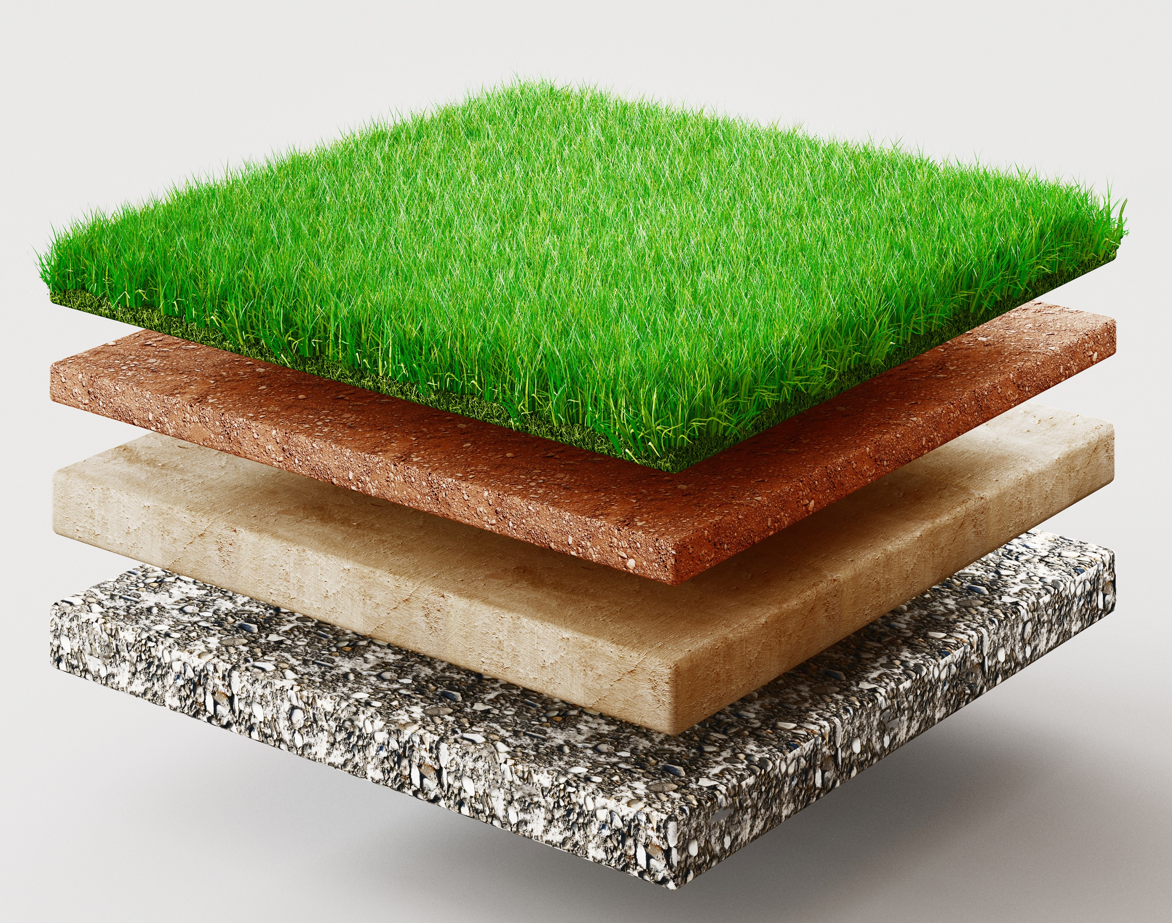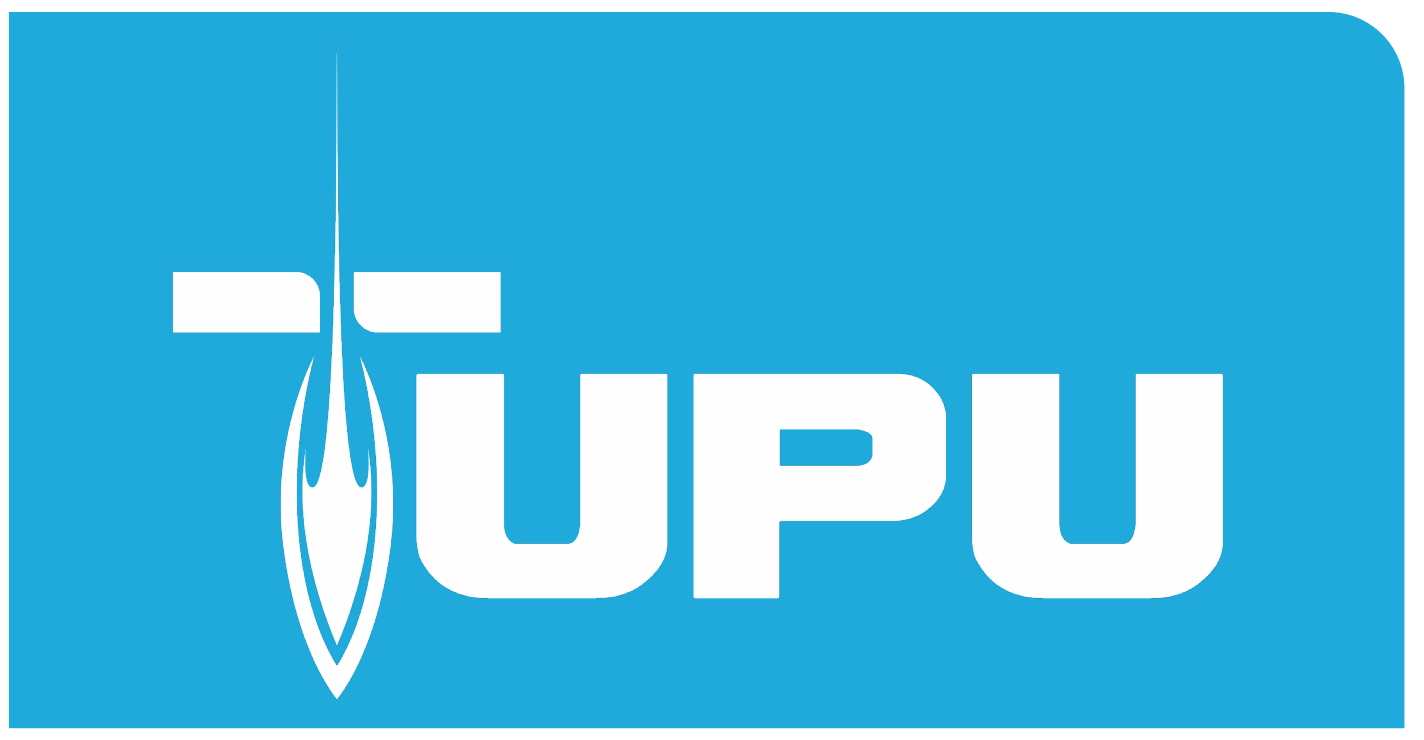NZSTI Agrichemical Certified Handler Compliance Certificate Application 2023

- Compliance Certifier: Angela Stratford
The purpose of this course is to increase the lifespan of synthetic sportfields by improving participants’:
-
- knowledge of performance standards that apply to synthetic sportsfields
- ability to carry out scheduled and ad-hoc maintenance tasks.

- Training Coordinator: Jeanette Salmond
- Tutor: Andrew Mitchell
- Non-editing teacher: Derek Ross
This programme provides the introductory knowledge required for managing natural turf surfaces in a sportsfield context, with a focus on understanding the natural and scientific processes that contribute to a healthy and sustainable turf surface which will meet the expectations of sportsfield users.
Subjects include: identifying required surface performance; describing the growth and spread of desirable and undesirable turf plants; understanding turf responses to mowing; identifying common turf pests, diseases and disorders; identifying appropriate nutrients and fertilisers; understanding the components of soils and rootzones; soil water management; and managing turf maintenance over an extended period.

- Tutor: Andrew Mitchell
- Tutor: Brian Way
- Training Coordinator: Jeanette Salmond
- Tutor: Tara McLeod
This programme provides the introductory knowledge required for managing warm-season natural turf surfaces in a horseracing context, with a focus on understanding the natural and scientific processes that contribute to a healthy and sustainable turf surface which will meet the expectations of track users.
Subjects include: identifying required surface performance; describing the growth and spread of desirable and undesirable turf plants; understanding turf responses to mowing; identifying common turf pests, diseases and disorders; identifying appropriate nutrients and fertilisers; understanding the components of soils and rootzones; soil water management; and managing turf maintenance over an extended period.

- Training Coordinator: Jeanette Salmond
- Training Coordinator: Xinchun Xie
This programme provides the introductory knowledge required for managing natural turf surfaces in a sportsfield context, with a focus on understanding the natural and scientific processes that contribute to a healthy and sustainable turf surface which will meet the expectations of sportsfield users.
Subjects include: identifying required surface performance; describing the growth and spread of desirable and undesirable turf plants; understanding turf responses to mowing; identifying common turf pests, diseases and disorders; identifying appropriate nutrients and fertilisers; understanding the components of soils and rootzones; soil water management; and managing turf maintenance over an extended period.

- Tutor: Brian Way
